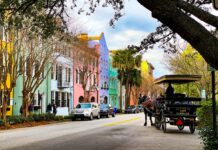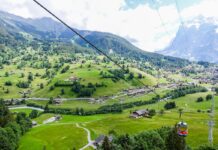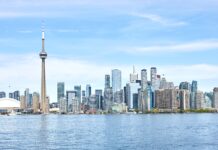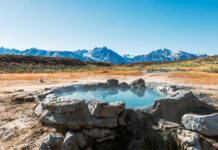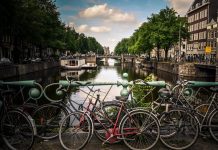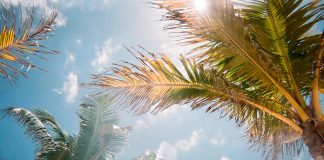You may be wondering whether travels to Australia are possible after the wildfires of this past winter. Since Australia is in the southern hemisphere, their seasons are opposite of North American and their summer runs from December to March. Every summer, Australians know to expect wildfires throughout the countryside, but their recent summer has been different than most. Australian wildfires grabbed headlines around the world because of the magnitude of the 2019-2020 wildfire season and the fact that so much of its unique wildlife was adversely affected by these fires.

Actually, the Aussies call these fires bushfires because they describe the natural, undeveloped areas of their country the bush. They needed a word other than woodlands because the land is unique in Australia due to the fact that this large national island is so isolated from the rest of the world. The countryside of Australia is mostly grassless, with thin to thick woody shrubs and bushes and some eucalyptus trees.
Bushfires are part of the environment in Australia with numerous species depending on fire to regenerate. However, the bushfires that started last September and only just recently ended were too massive to handle because of record droughts leading up to the bushfire season. 2019 marked the driest year on record in Australia which led to fires that burned longer and more intensely than during a typical bushfire season.
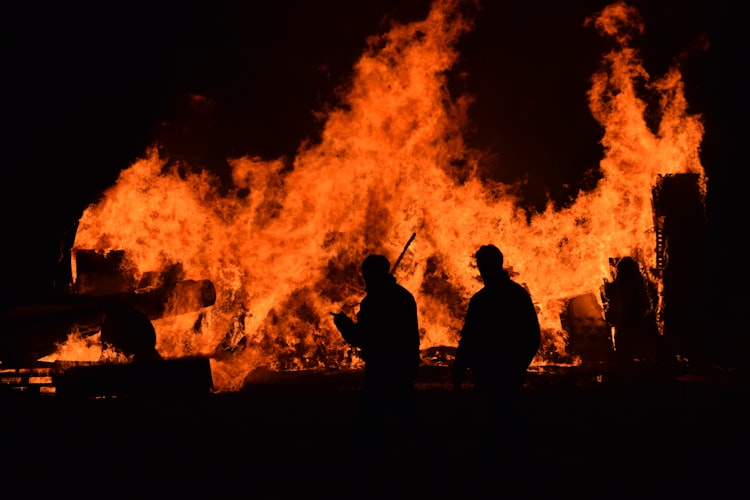
Not only has Australia’s isolation lead to a unique landscape, but also unique wildlife found nowhere else in the world.
There is the cuddly koala …

The bouncy kangaroo …
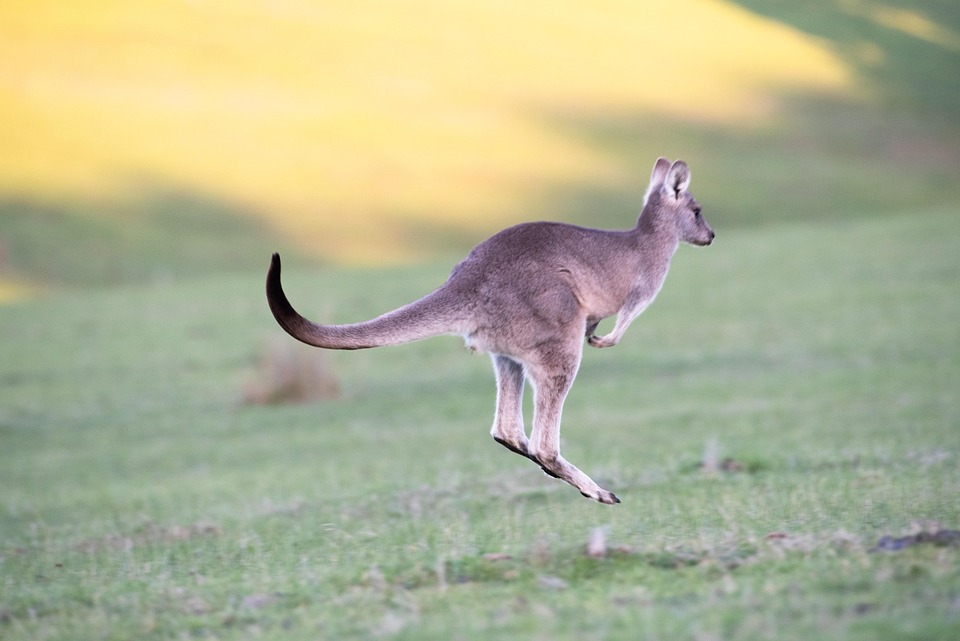
The fabulously mismatched platypus …
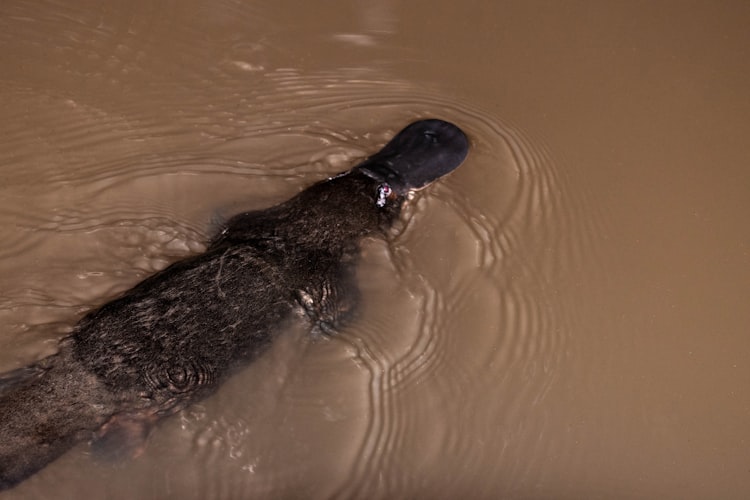
And the wombat to name just a few.

It is estimated that over one billion of these native Australian animals were killed during the most recent bushfires. One billion. Let that sink in. That number is mind-blowing. The photos that were shared during the height of the bushfires were heartbreaking.

Koalas were particularly at risk because they are slow-moving animals that live in eucalyptus trees which burn quickly and intensely. Even those koalas that were spared the fires suffered from their lack of water and relied on human intervention for help.
Yes, this article is about travel to Australia post bushfires, but it does not hurt to share these images to encourage you to donate to wildlife recovery efforts if you are able. Ultimately, you can help recovery efforts the most by visiting Australia this year. Between the bushfires and the effects coronavirus is having on travel worldwide, travels to Australia is more important than ever.
Table of Contents
Wildfire Effects On Travels to Australia
While the news coverage made it seem like the entire country was on fire, this was not the case. These fires were concentrated in the southeastern part of the country in the territories of New South Wales and Victoria. These happen to be the more populated areas of Australia with tourist-friendly cities such as Sydney and Melbourne being affected, as well as the capital, Canberra. While ultimately, the cities were spared from damage, the surrounding landscape was charred and air quality was at all-time lows as smoky air blanketed cities.
As dramatic as these photos were, it did not represent the situation in all of Australia. After all, Australia is almost as large as the United States. Destinations such as Perth, Uluru, Tasmania, areas near the Great Barrier Reef, and the Kimberly region in Western Australia were relatively unaffected. Even for those who were there during the fires, it was possible to see plenty of the country without being affected.
Those who visit the Southeastern regions of Australia now will no longer be affected by the fires, but you will see the aftermath. All of the tourist areas are open for business. The bushfires happened at the worst possible time during school holidays. Many businesses rely on these holiday tourists to fund the rest of their year, so they need visitors to support their businesses.
Why Should You Travel To Australia?
Australia needs you. If Australia has long been on your bucket list, now is the time to go.
If the wildlife photos did not convince you, let’s try some scenery:
Sydney

Sydney is one of the most cosmopolitan cities and naturally beautiful cities in the world. The city wraps around the Sydney Harbor in a way that perhaps can only be appreciated atop Centrepoint as you gaze upon the city below. The setting of the gorgeous Sydney Opera House against the backdrop of the Sydney Harbour Bridge surrounded by water is truly spectacular.
But it does not stop at the harbor, Sydney boasts some of the most beautiful beaches in the world.

Read More: 7 Reasons You Should Use A Travel Advisor
The Whitsundays – Whitehaven Beach
You always hear about the Great Barrier Reef, but unless you love to snorkel or dive, maybe a trip to The Whitsundays is more your speed.

The Great Barrier Reef
If snorkeling and diving are your things, then you must visit the world’s largest coral reef which is one of the seven wonders of the natural world.

Tasmania
If you thought Australia seemed isolated, Tasmania is detached from the rest of the continent and this isolation has made it a refuge for animals and plants that are rare or even extinct in the rest of the world, including the legendary Tasmanian Devil, a marsupial the size of a small dog.

Tasmania is the perfect option for those who truly want to get away from it all and enjoy nature.

Melbourne and The Yarra Valley
While Sydney is the commercial and tourist hub of Australia, Melbourne is the cultural hub with several theatres, art galleries, museums, and live music venues.
Thirty minutes from Melbourne, you will find the Yarra Valley wine region of Australia which is as beautiful as the wine it produces.

Adelaide and the Barossa Valley
The Barossa Valley is the premier wine-producing region in Australia, so if you love wine, a 40 mile trip from Adelaide is a must. The Barossa Valley boasts 150 wineries and some fantastic farm to table experiences. To really appreciate the beauty of the area, consider a hot balloon ride.
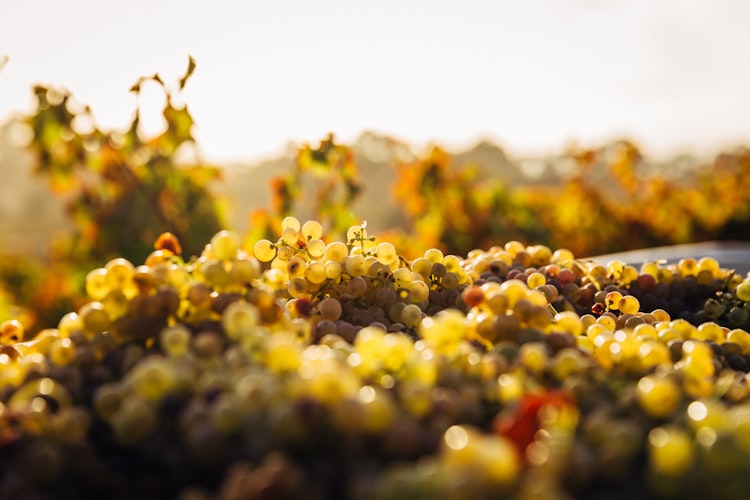
Kangaroo Island is 130 miles southwest of Adelaide and has 316 miles of coastline and many protected areas where unique Australian wildlife like koalas and kangaroos once thrived.
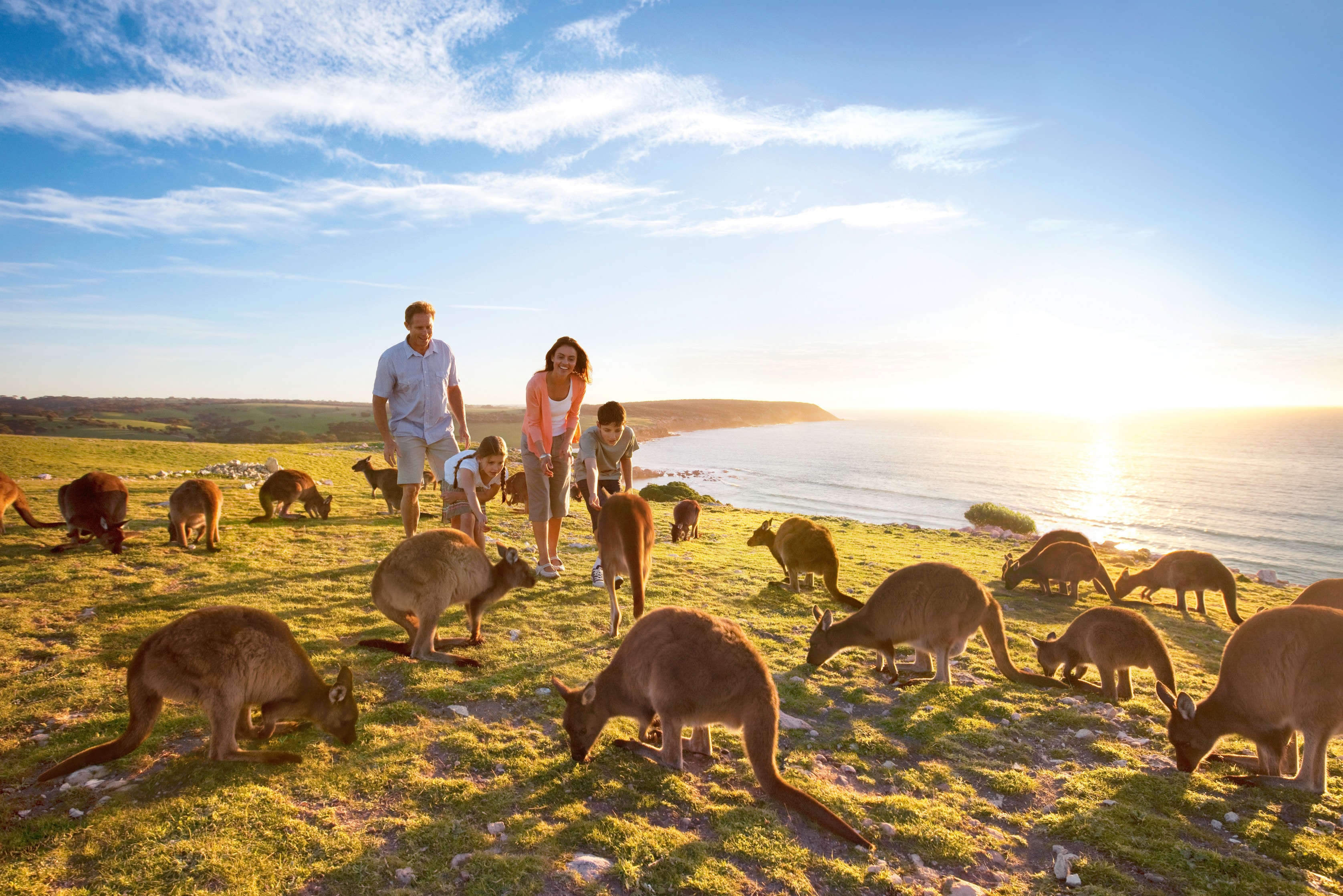
While it is possible to make this trip as a day tour and Kangaroo Island has long been a tourist magnet, it is now recovering from what many think to be the worst of the bushfires. In fact, the Kangaroo Island Wildlife Park is being used as a makeshift hospital to tend to the island wildlife still in desperate need of help.
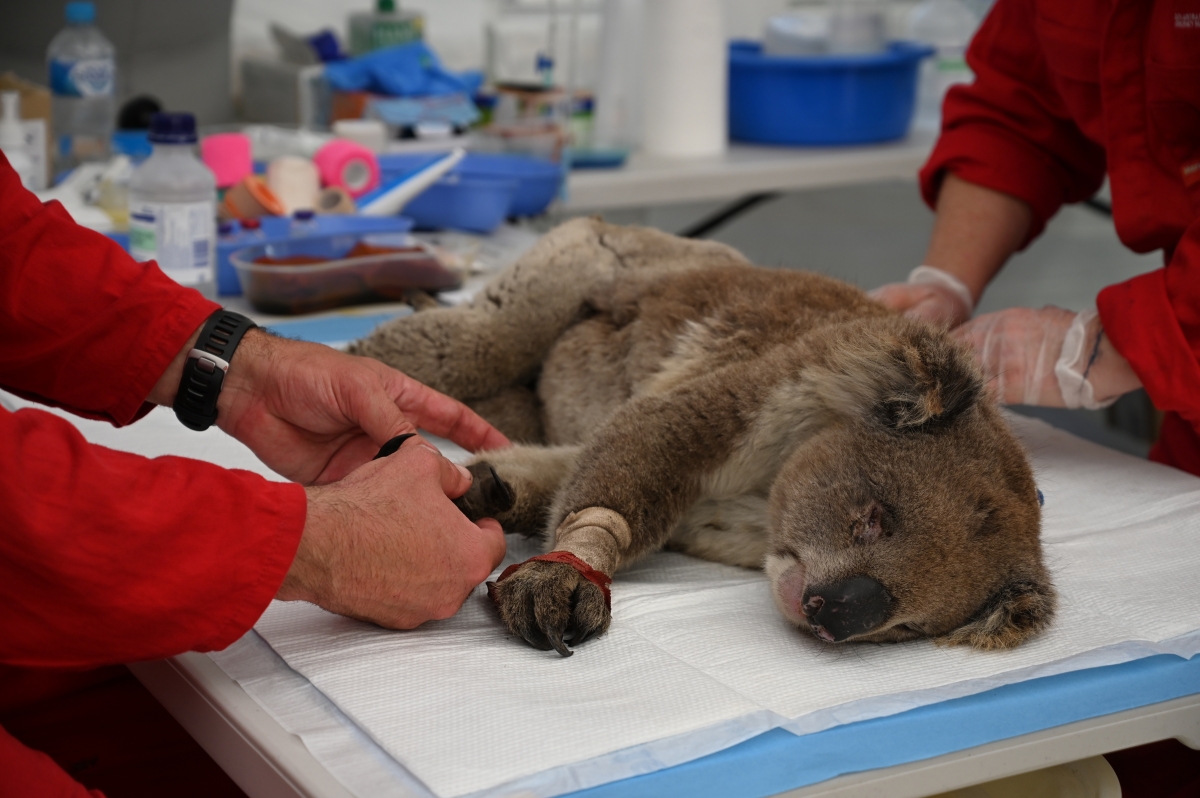
Uluru

Formerly known as Ayers Rock and returned to its Aboriginal name, Uluru is the iconic symbol of the Australian Outback. This is the place to come to understand more about Australia’s indigenous people and their connection to the land.
Read More: 16 Excellent Traveling Apps For Tourists
Perth and The Margaret River Valley
Perth might be more a place you would want to live versus a visit. It has a laid back vibe and was developed later than cities in Eastern Australia, so everything is well thought out and well planned. That being said, it is stillworth a visit especially if you are already visiting Western Australia.

The Margaret River Valley is three hours south of Perth, but once you make the drive, you are rewarded with beautiful landscapes and premium wines. In fact, the wines of the Margaret River Valley account for more than a fifth of its premium wine. There are more than 120 world-class wineries to explore in this area.
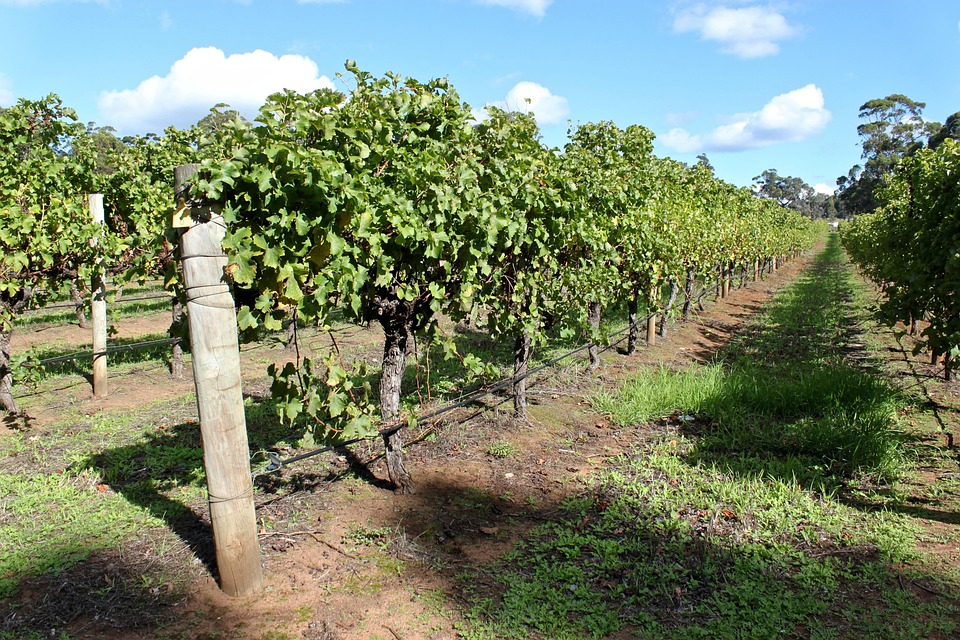
Kimberley, Western Australia
This vast region in Western Australia is wild and virtually unsettled. However, the secret of the Kimberley’s beauty is being whispered around the world and tourists are arriving in larger numbers than ever before. Some of the highlights include The Bungle Bungle Range, orange- and black-striped rock domes often called beehives, Mitchell Falls, and King George Falls.
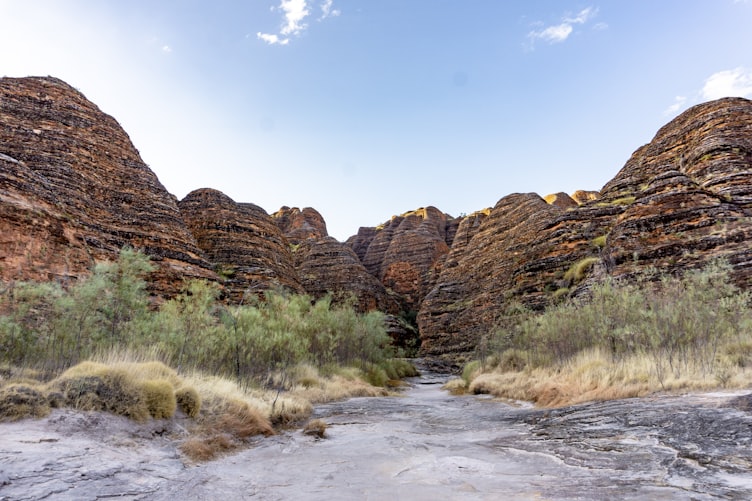
Read More: A Beginners Guide to Grand Canyon Camping
There are some epic expedition-style cruises that started along the coastline of this region but seeing the Kimberley by land is still popular as well. Not matter what method you choose, you will not be disappointed.

As you can see, there is more to Australia than the Sydney Opera House and adorable marsupials. There is so much to this bucket list destination, so even though some of the landscape is damaged, there is plenty to see in this magnificent country. It truly is a one of a kind place that needs to be experienced, and the Australians need our tourism support now more than ever.
WANT TO READ MORE?
Ready to fuel your wanderlust a bit more, read Best Travel Magazines For The Wanderlust In You .
ENJOYED THIS? CONNECT WITH US ON SOCIAL MEDIA
• Newsletter: Every Avenue Travel delivered to you
• Facebook: @EveryAvenueTravel
• Instagram: @TravelEveryAvenue
💖WANT TO TRAVEL MORE?💖
Subscribe to receive trip ideas and inspiration right into your inbox once a week!
📌PIN THIS FOR FUTURE REFERENCE📌



